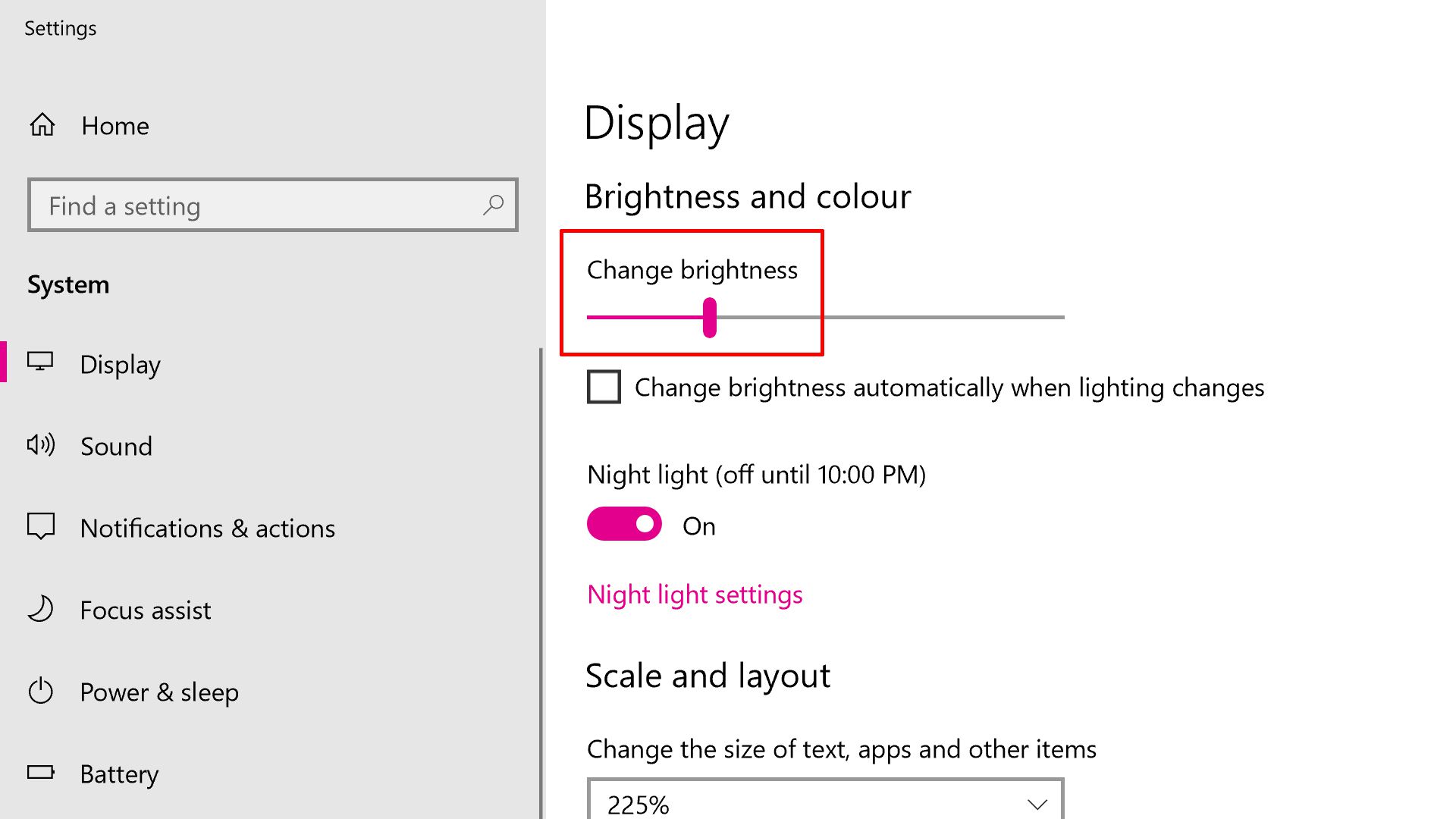

#WINDOWS 10 MISSING BRIGHTNESS SLIDER TV#
This is complemented by Dolby Vision’s broader availability in the TV market. What actually makes Dolby Vision still desirable over HDR10+ is the broader availability of content across physical formats such as Blu-Ray disks as well as online platforms such as Netflix, Amazon Prime Video, Disney+, and Apple TV+. But that is acceptable, considering it is designed to fit in your hand two hands, and that quashes any comparison between HDR10+ and Dolby Vision based on the color reproduction. In reality, the Galaxy S23 Ultra‘s AMOLED display supports only 16 million colors (far less than what HDR10+ or Dolby Vision offer). Andy Boxall/DigitalTrendsįor an average user, these metrics may seem overrated, especially since it takes really sharp (read: Superman-level sharp) eyes and a really high-quality display panel to differentiate between the 10-bit and 12-bit colors, but the latter results in a more gradual transition of colors (because of more than 60 times the shades of the same color). And then, there are other technical aspects, such as color gamut and how the colors are calibrated for different refresh rates. It supports a 12-bit color depth of 68.7 billion colors, while HDR10+ is limited to a 10-bit color depth of 1.07 billion. In real-life viewing experience, HDR10+ and Dolby Vision significantly enhance videos with scenarios that are either extremely dark or extremely light.ĭolby Vision also takes the lead in terms of the range of colors supported. Quality-wise, HDR10+ is the closest to Dolby Vision, and both are superior to the others because they use dynamic metadata - the scene’s brightness is adjusted dynamically for each frame in the video. Why the Galaxy S23 is the small phone you’ve been waiting forĬompared to other HDR standards, such as HDR10, HDR10+, and HLG, Dolby Vision is technologically more advanced. Samsung has a cheaper (and greener) way to buy a Galaxy S22

This is what happens when you compare 4 phones in an 800MP camera test


 0 kommentar(er)
0 kommentar(er)
